Did you know that some hospitals can increase efficiency by up to 50% using the right medical software? Yes, that’s right—half your workflow streamlined with the click of a button. But there’s a technological breakthrough lurking behind the curtains…
In today’s rapidly evolving healthcare environment, choosing the correct software is more critical than ever. As patient expectations skyrocket, clinics and hospitals must adapt or risk being left behind. Are you ready to delve into the digital revolution of medical care?
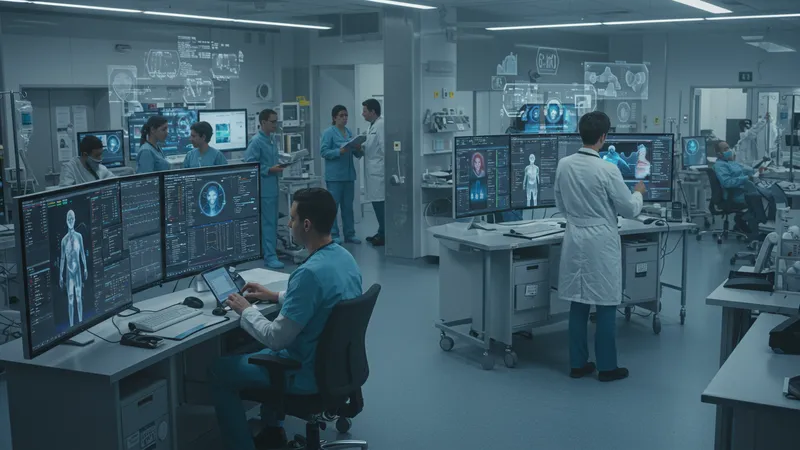
It may be surprising, but many hospitals are still shackled to outdated systems that hinder rather than help. Picture this: a patient requires immediate medication approval, but the system stalls. Efficiency isn't just about speed; it's about reliability. But that's not even the wildest part...
On the flip side, some software solutions offer predictive analytics that preemptively alert physicians to potential health risks. Imagine spotting a stroke before it occurs, just from algorithm analysis. This science-fiction-level technology isn't just a dream—it's happening now. But the true game-changer is yet to be revealed…
What happens next shocked even the experts. With these emerging solutions, the standard of care could be revolutionized overnight, transforming patient outcomes forever. Ready to uncover the most groundbreaking advancements in medical software?
Patient experience is no longer just about bedside manners and waiting room amenities. We’re entering an era where patient portals and online scheduling redefine convenience. Systems like Epic allow patients to manage bookings online with a 98% satisfaction rate. It’s not just about ease; it’s changing expectations. But there’s one more twist…
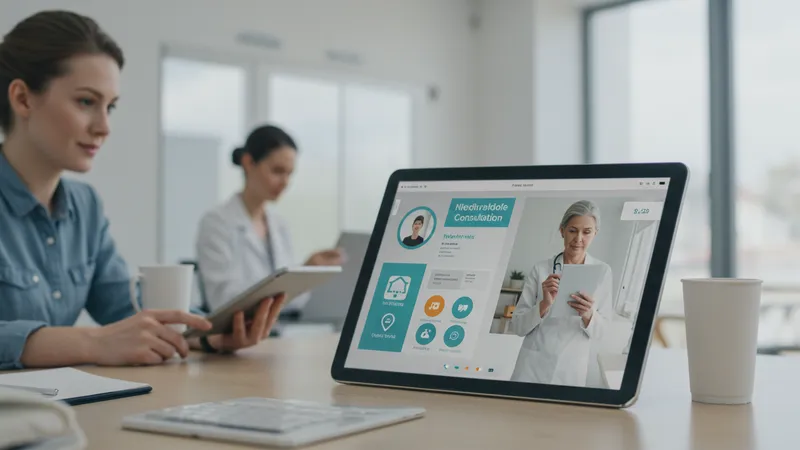
Hospitals are now leveraging telehealth tools that offer video consultations. Think about the possibilities: a patient consults with specialists from home, reducing travel and stress. This capability is becoming a standard expectation as 62% of patients prefer telehealth over in-person visits. What you read next might change how you see this forever.
Even in remote areas, clinics using satellite broadband can connect patients to urban doctors, bridging the healthcare divide. A project in rural Oregon demonstrated this, showing a 40% decrease in emergency room visits by implementing remote consultations. But the story doesn’t end there.
AI-driven chatbots are another tool revolutionizing patient interaction. These bots can attend to patient queries 24/7, cutting response times drastically. For some clinics, they've reduced phone volume by 30%, allowing staff to focus more on critical tasks. But, as they say, the future still holds more surprises.
Automation is the quiet powerhouse behind most modern hospital innovations. Picture a lab where tests are automatically logged and results sent to doctors instantly—no manual entry required. Such systems, like LabWare, significantly slash human error risks. But this is just the tip of the iceberg…
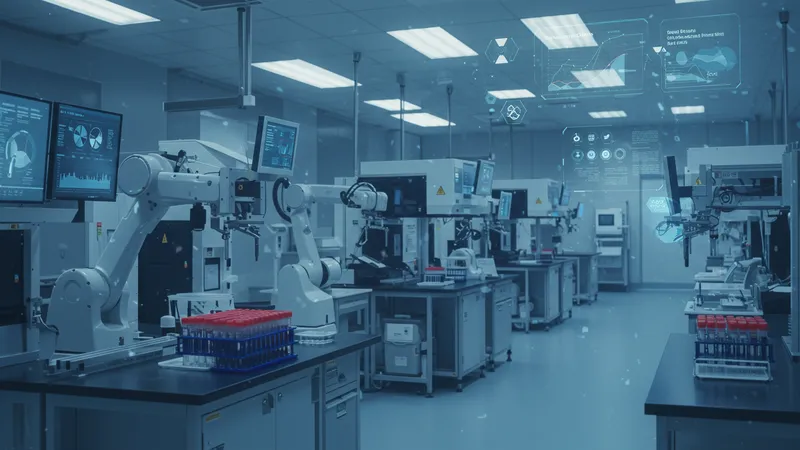
With automated billing, hospitals reduce overhead costs by 20% with software like Athenahealth. By automating these tedious processes, staff members can devote their time to patient care, not paperwork. Still, this hardly scratches the surface of what’s possible with automation.
Consider electronic health records (EHR) automatically updating and syncing across hospital departments in real-time. Systems like Cerner make this a reality and improve efficient communication across emergency rooms, labs, and radiology departments alike. What if I told you there was even more to discover?
Robotics are also playing a role, with automated guided vehicles (AGVs) transporting medications throughout hospitals in record time. Imagine nurses focusing on patient care rather than errands—thanks to automation, this is becoming increasingly common. And yet, there's more to explore.
Artificial Intelligence (AI) in diagnostic tools is not just a futuristic concept; it’s happening now, transforming accuracy and speed. Google Health recently made waves with AI programs that detect cancer with a success rate equal to human radiologists. But hold on, there’s more…

Beyond radiology, AI is assisting in cardiology by identifying heart murmurs unseen by traditional tests. With a newfound ability to analyze complex datasets, these AI systems promise to predict cardiac events before symptoms manifest. Imagine if all routine check-ups used AI—prediction power would skyrocket. But don’t take it from me.
Electronic alert systems fueled by AI now flag potential adverse reactions to medication combinations, presenting lifesaving interventions. For example, a recent study showed a decrease in drug-related incidents by 25% with such implementations. The consequences for patient safety are profound, and there’s even more to uncover.
AI isn’t stopping there; it’s diving into genomic sequencing to forecast long-term health prospects. By analyzing genetic code, AI can suggest personalized preventive measures. This tailored medicine could redefine healthcare strategies universally. Curious about what’s next? You should be.
Data security in medical technology is the line between privacy and innovation. A breach doesn’t just compromise data—it shatters trust. Hospitals must employ cutting-edge encryption, but even then, vulnerabilities exist. But that’s not all; there’s a twist you didn’t expect.

Ironically, advancements meant to safeguard information like blockchain can, if improperly implemented, become liabilities. A study showed 43% of organizations found blockchain integration more challenging than anticipated, with security gaps appearing faster than solutions. Are we as safe as we think? Not quite yet.
Data breaches not only hinder reputation but they can incur costs upwards of $4 million per incident. With the rise of cyber-attacks, security isn’t just an IT concern—it’s a foundational aspect of modern healthcare architecture. So, what can hospitals do proactively?
Adopting multi-layered security approaches, such as two-factor authentication and continuous vulnerability assessments, is critical. These techniques are reducing breach incidents by 27% in leading establishments. But, will these measures suffice as threats evolve? Dive deeper to find out.
As hospitals sift through myriad software options, the cost versus benefit debate intensifies. Implementing top-tier systems like Epic can be costly upfront but, studies show a potential ROI of 120% over five years. Is the initial expense justified? Wait till you hear this.

Unexpected maintenance fees often blindside facilities, eating into budgets. A common oversight is underestimating the need for continual updates and staff training, which can increase annual costs by 30%. However, the long-term savings can offset these if planned strategically. And there's more…
Some hospitals manage to negotiate software deals with bundled discounts, cutting initial costs by 15%. This deal-making approach requires savvy negotiation and strategic foresight, but the dividends can be significant. Still, the ultimate decision isn’t just financial.
The true value of medical software also lies in its ability to reduce human error in patient care, which, while hard to quantify, brings monumental benefits. Building a strategy that balances immediate costs and future gains is critical. But how many hospitals truly succeed? Watch as we unfold more.
Even the most sophisticated software is futile without thorough training. Nurses and doctors must seamlessly adapt to new systems, yet 45% report feeling inadequately prepared post-installation. This gap in training can lead to underutilization and frustration. But there’s a bigger issue lurking.
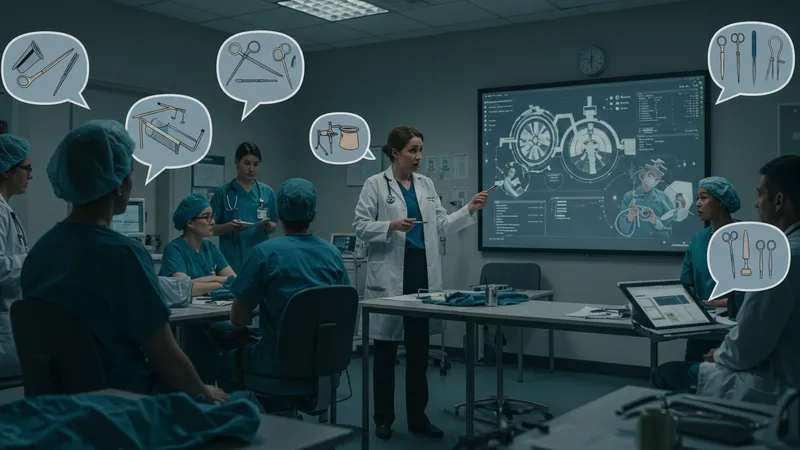
Training programs often lack practical, real-world scenarios, leaving staff to learn through trial and error. Imagine surgeons relying on outdated interfaces in the operating room. Correct training methods could eliminate such risks, but not all hospitals prioritize this. Why is that, you ask?
Continued education goes beyond initial rollout sessions. With systems constantly updating, ongoing learning modules are crucial for keeping staff informed. Current best practices indicate interactive workshops outperform traditional lectures in staff retention by 60%. But there’s something more.
Some innovators are introducing virtual reality (VR) simulations as a training aid, offering immersive experiences without real-life repercussions. These pioneering techniques not only enhance learning but break down barriers to adaptation. Yet, they come with their own set of challenges to navigate.
Interoperability—the hurdle every administrator faces in software integration. Systems need to talk, but often, they speak different languages. Reconciling this requires immense coordination and resources. Yet, the benefits are undeniable. What comes next might change your perspective.
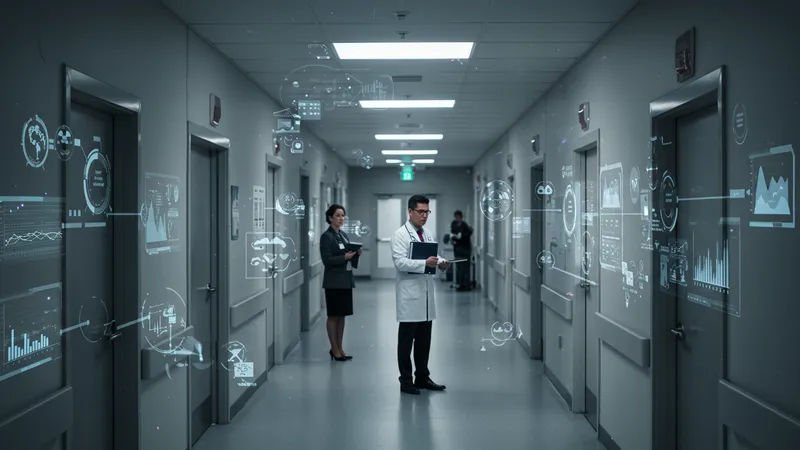
Consider a multi-department hospital where a unified system isn’t just desired; it’s a necessity. Platforms like InterSystems’ HealthShare facilitate this but still struggle with legacy systems. Integration fees can add 25% more to project budgets, a cost some institutions find staggering. Even so, there's a twist.
Standardizing data formats across old and new systems proves arduous, but essential for progress. Interoperability initiatives have shown a 15% reduction in lab test redundancies by eliminating duplicate requests. The savings are tangible, but hurdles remain, and they’re not insignificant.
For true integration, the industry calls for wider-standard compliance. Yet achieving this requires overcoming political and proprietary barriers within tech firms. Success stories of seamless integration exist, but how do they manage where others fail? Stay tuned to find out.
Custom software solutions promise bespoke efficiency but come with hefty price tags. Designed to meet specific hospital needs, with returns typically visible years down the road, are they really worth it? Here’s what the experts say.
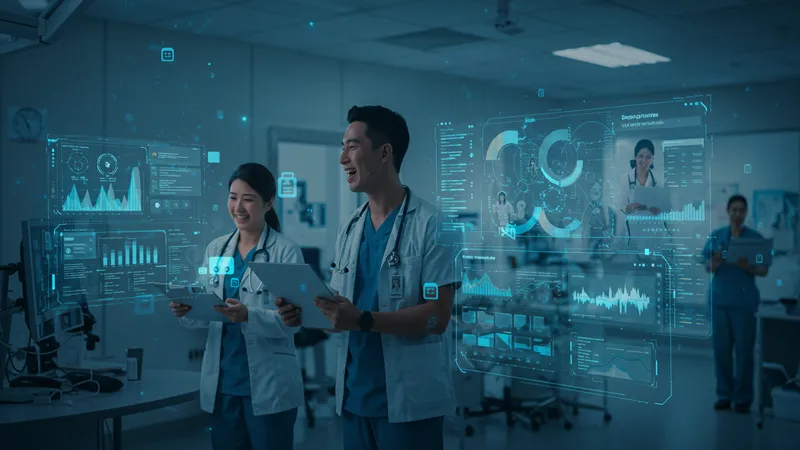
Custom-built platforms can boost staff satisfaction by 40%, as systems mold to exact workflow preferences. This bespoke tailoring maximizes productivity but risks rapid obsolescence without continual updates. Some hospitals cope by establishing in-house IT teams, but not all can afford this luxury.
Beyond financials, there’s a potential treasure chest of innovation. Custom platforms can integrate emerging technologies quicker, providing early adopters a competitive edge. However, the reliance on tailored solutions can introduce unique challenges nobody anticipates. And there’s more.
Success requires a long-term vision and frequent collaboration between medical and tech teams. Those who maintain this balance often find unconventional gains. Still, with custom solutions, the grass isn’t always greener on the other side. Or is it?
Many hospitals grapple with the dilemma: should they upgrade legacy systems or abandon them altogether? Clinging to the familiar offers comfort but limits growth. Legacy systems slow down processes, yet immediate replacements can disrupt operations critically. Or so it seems.
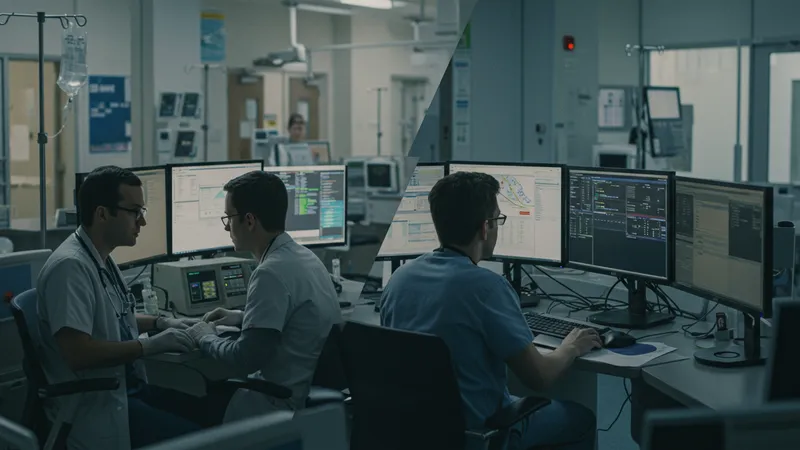
Weighing change’s cost versus the slow bleed of inefficiency isn’t easy. Transition fees and training costs deter many, yet those who leap often see a turnaround. A striking 53% increase in operational efficiency was observed post-upgrade in some facilities. There’s even a bigger picture.
Legacy system upgrades aren't merely software overhauls but often require hardware integration adjustments, adding another layer of complexity. However, emerging transition strategies have shown promise in making this less formidable. Yet, the task is mountainous for those unprepared. Or is it?
While new systems can offer unparalleled capabilities, they might initially frustrate staff adapting to drastic changes. The key is planning: phasing old systems out incrementally to allow smoother adaptation. But are hospitals equipped for such evolution? Find out in the pages ahead.
Pioneering hospitals that embrace technology innovations often lead the healthcare pack. From AI labs to patient portals, these institutions set trends others aspire to. What makes them different? Could it be their approach to risk and adaptability?
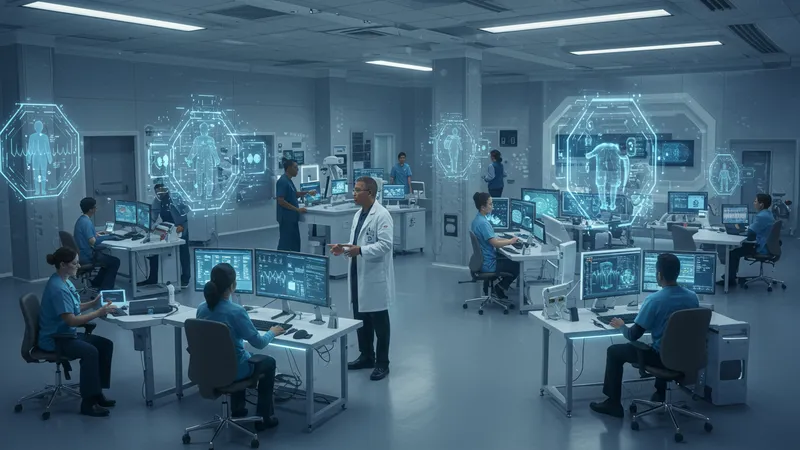
Their success often hinges on strong leadership backing technological implementations wholeheartedly. By cultivating a culture that celebrates integration, these facilities can champion new systems. Yet, not every pioneer succeeds without hurdles, and some falter spectacularly.
Being a trailblazer means accepting initial losses in exchange for long-term growth. For instance, telehealth platforms integrated pre-pandemic now see exponential growth rates post-adaptation. But keeping ahead requires constant vigilance and flexibility. Is the risk worth the reward?
Continuous improvement remains their mantra, learning from failures as from successes. Collaborations with tech firms and investing in R&D keep these institutions on the cutting edge. But, maintaining this momentum long-term is a challenge few fully master. Or do they?
Patient data holds untapped potential beyond mere records. When harnessed correctly, it offers healthcare insights that can revolutionize treatment approaches. Imagine every health decision informed by comprehensive data analytics. Sounds revolutionary, right?
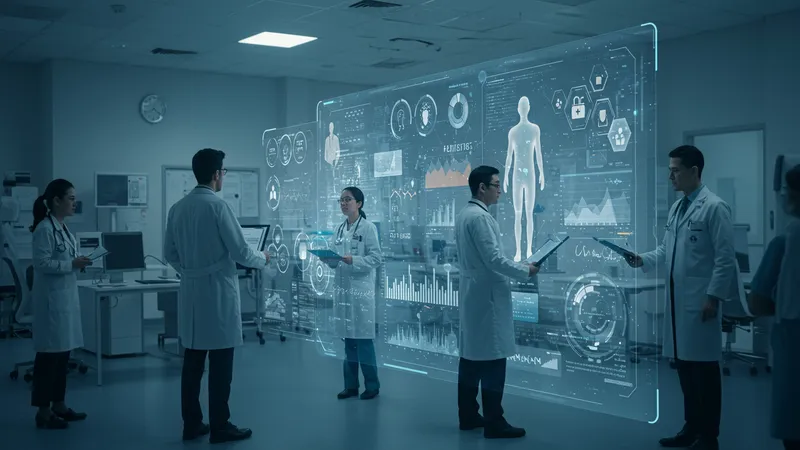
Data sharing between different medical institutions leads to fuller patient profiles, enhancing diagnosis precision. But navigating consent and privacy concerns is a labyrinth. Yet, those who succeed unlock immense patient benefits. What’s the secret ingredient?
Hospitals implementing big data analytics have observed improved patient adherence through personalized care pathways. The key lies in filtering vast data into digestible insights for practitioners. A feat simpler said than done, yet wholly transformative.
AI’s role in analyzing massive datasets expedites this process by identifying unseen health trends. Real-time monitoring through sensors and wearables begins to paint a broader health picture. But can too much data lead to decision paralysis? Stick around for the final revelations.
So, what does tomorrow hold for medical software? Face recognition, 5G, and deeper AI integration signal a next-level leap in patient care. The thought beckons intrigue, doesn’t it?
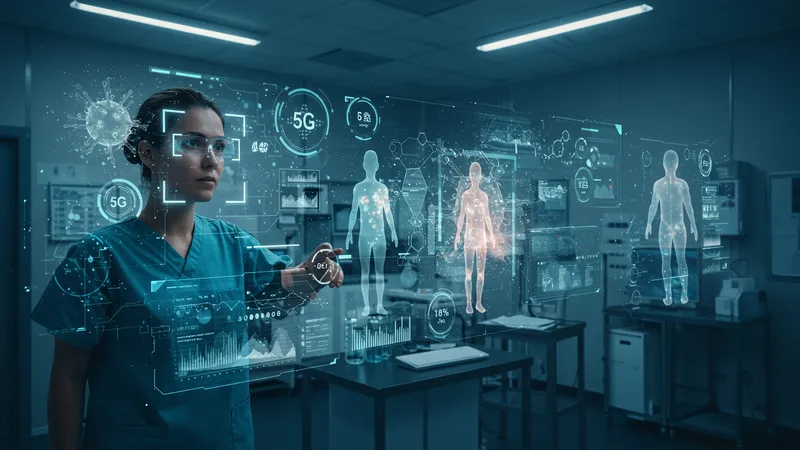
AI-driven systems continually refine themselves, learning from patient interactions. It’s conceivable we'll reach a point where technology predicts illnesses with unprecedented accuracy. The implications on public health could be massive. But wait, there’s more to the story.
Futuristic concepts such as mind-machine interfaces might transcend current AI capabilities, enabling even more personalized medicine. And cloud-based platforms promise enhanced data coordination, spinning vast webs of healthcare networks. But fantasies aside, can reality catch up?
The future of medical software means efficiently balancing humanity with machine intelligence, forging a partnership rather than a supplantation. As emerging technologies mature, they promise to rewrite medical paradigms. Can healthcare truly transform this profoundly? Stay with us for the dramatic close.
The revelations you’ve seen point to a new era in healthcare, one where technology plays a pivotal role. Real-world implementation of theoretical concepts is happening now, and it's impressive. From seamless data-sharing to AI-driven diagnostics and cybersecurity, the future is not merely a vision but an ongoing revolution.
Embrace the technological wave that sets the direction for quality patient care and operational efficiency. Share these insights with your network and bookmark this journey for future reference on this transformative frontier. What you do with this knowledge can forge a new path in cutting-edge healthcare.